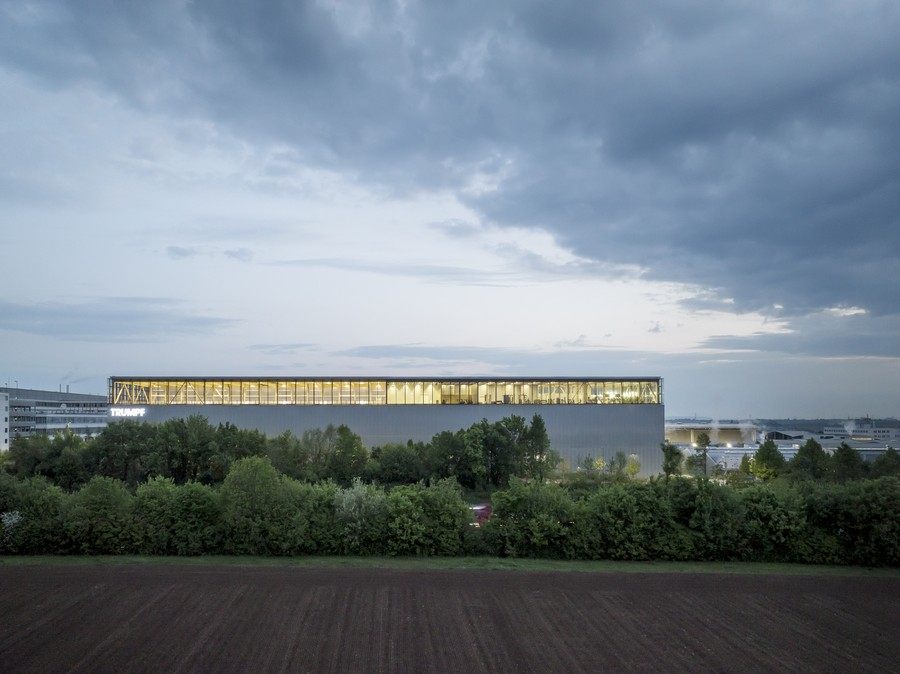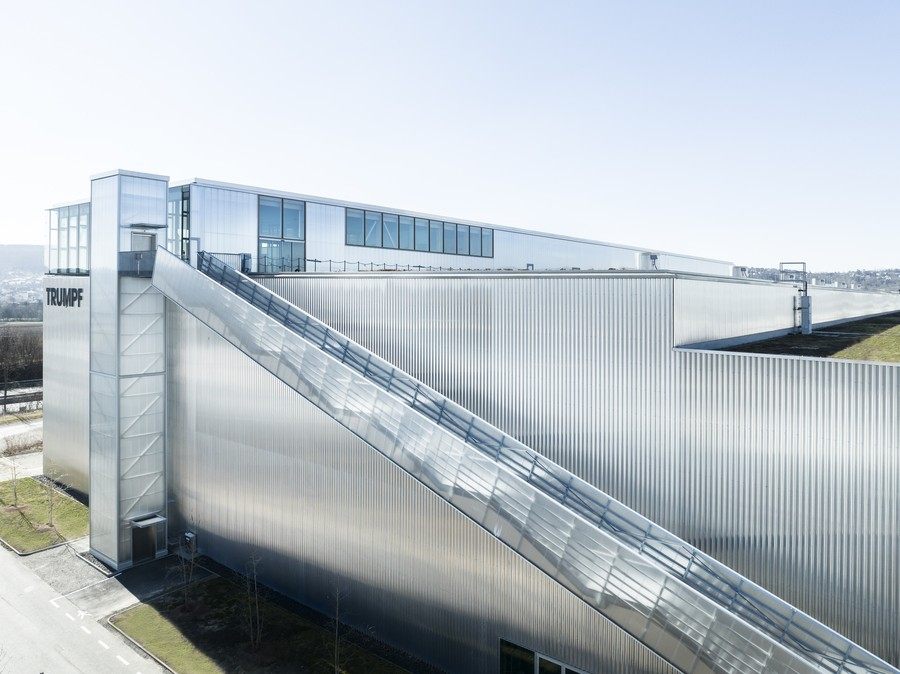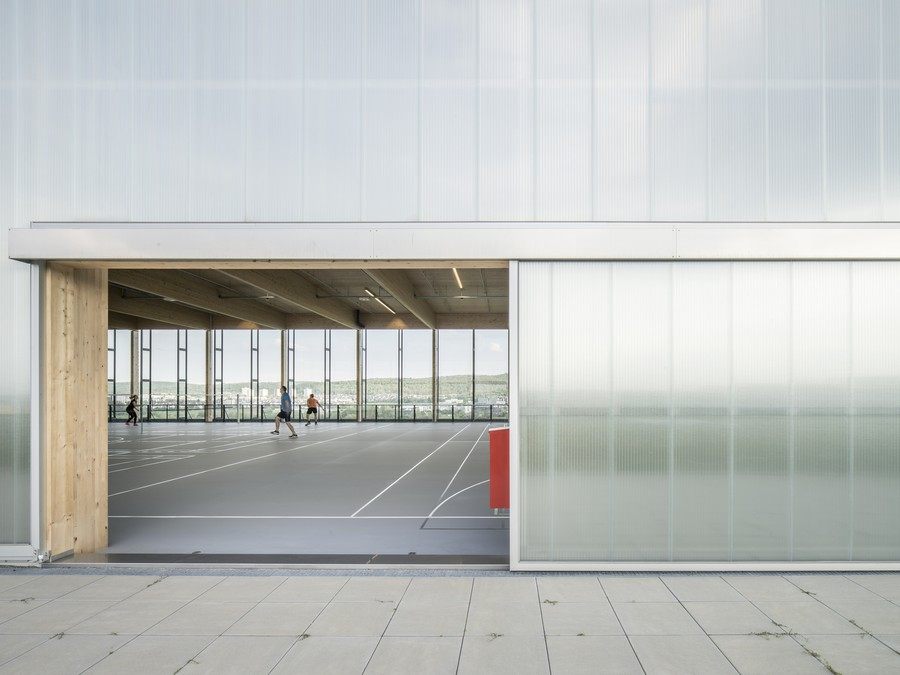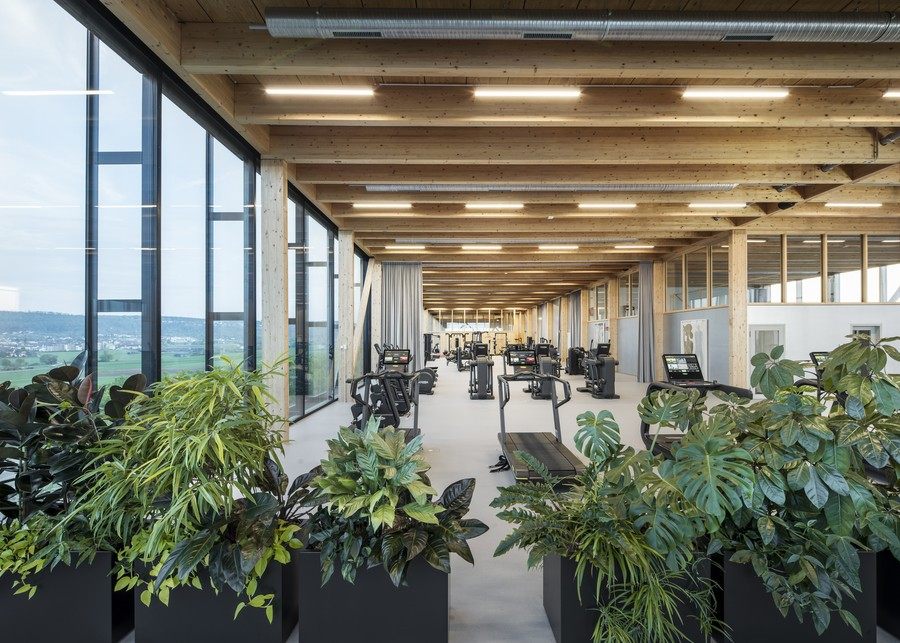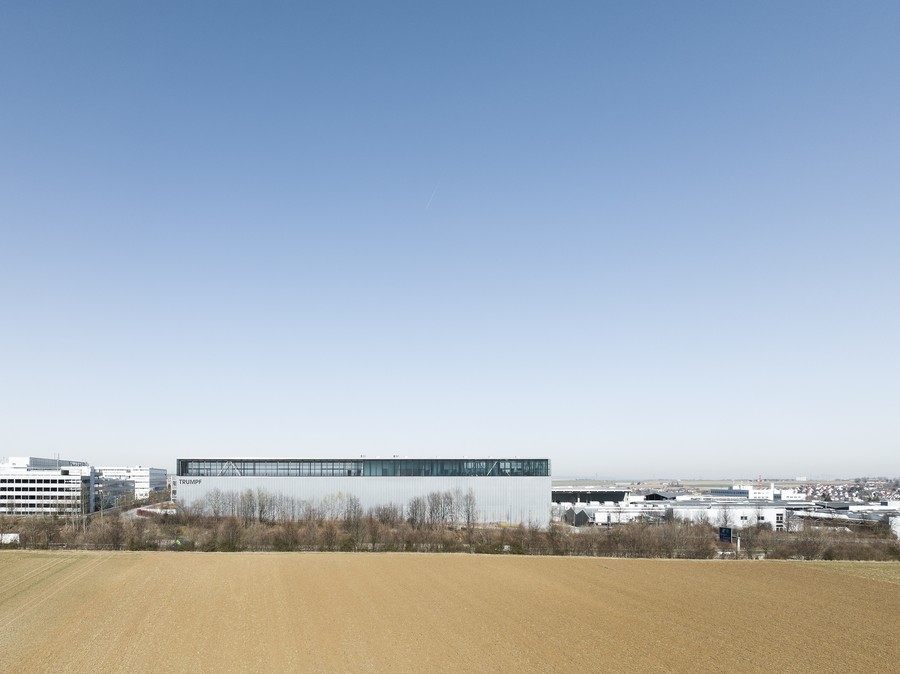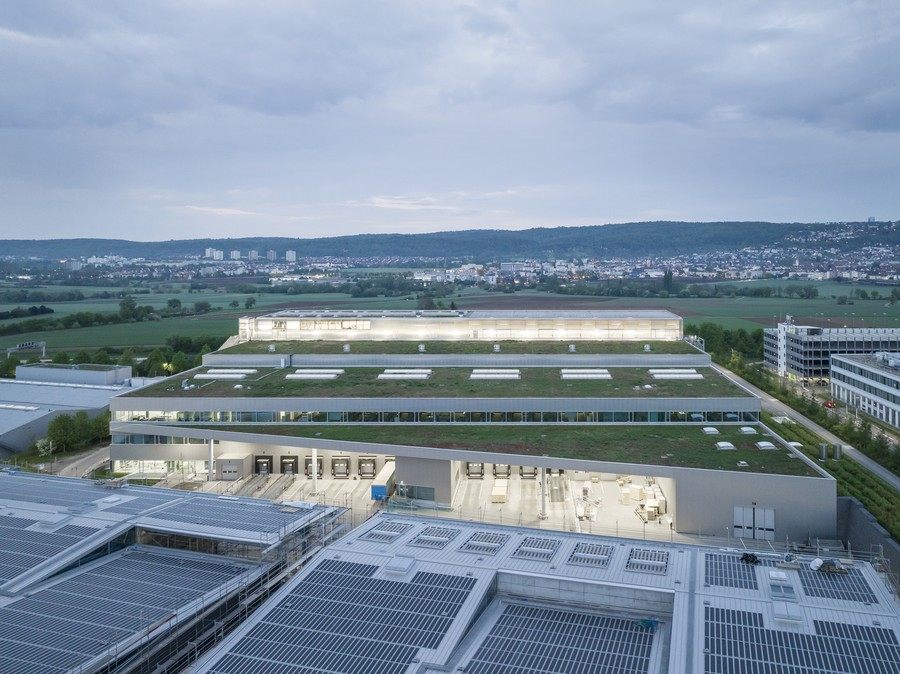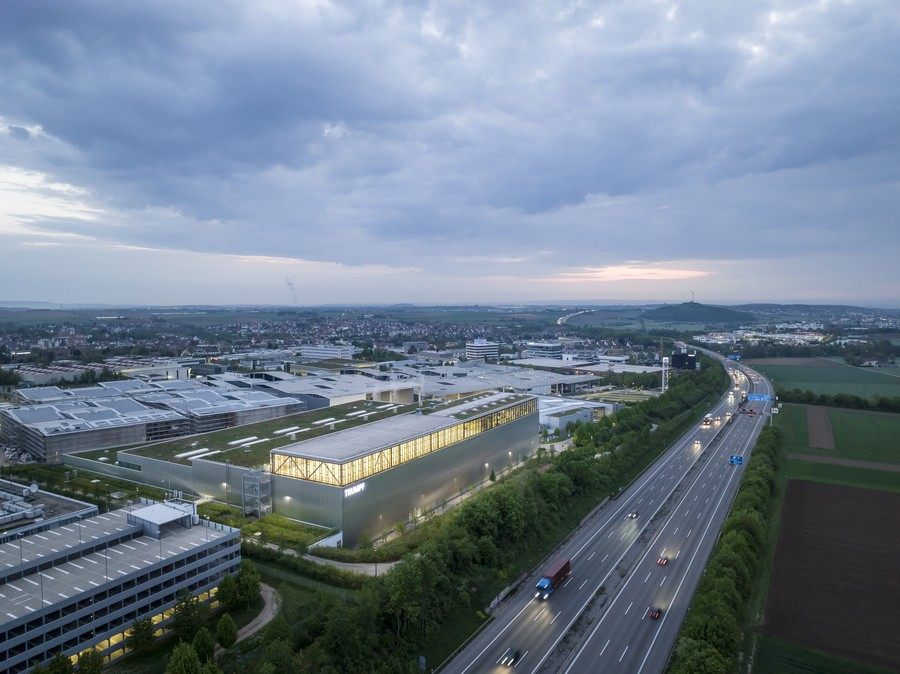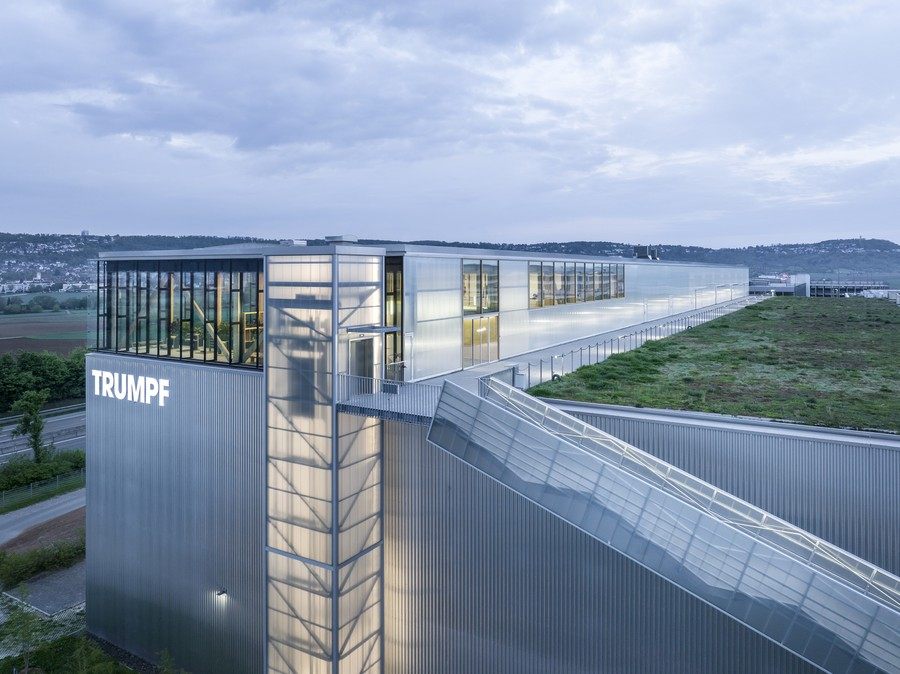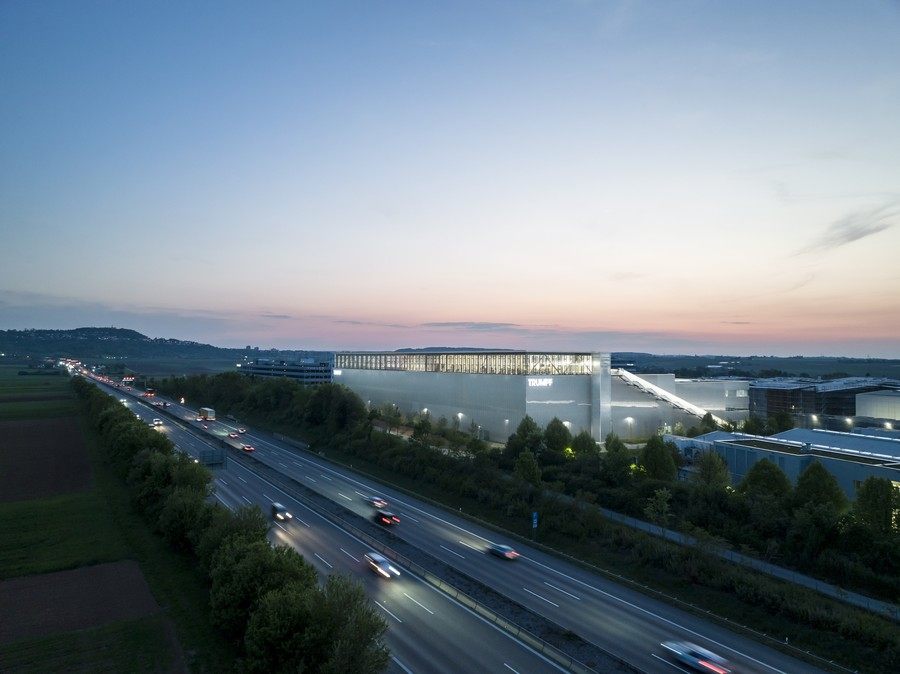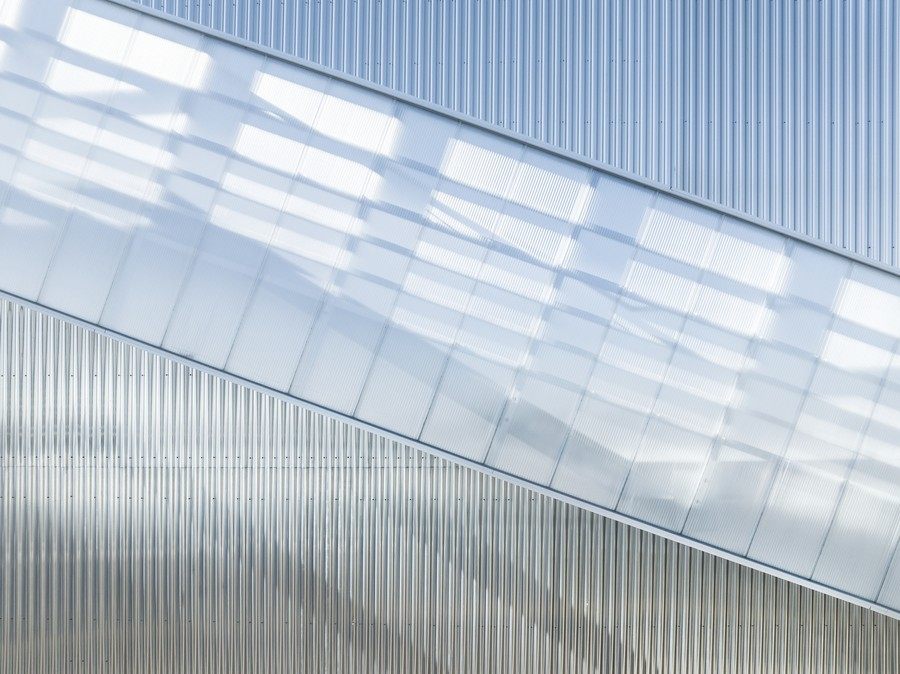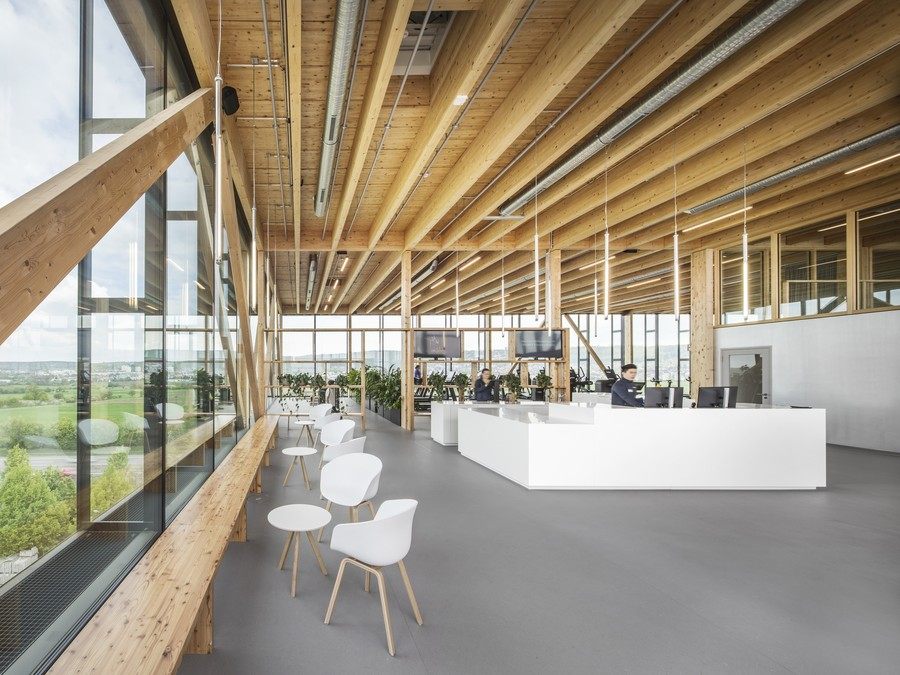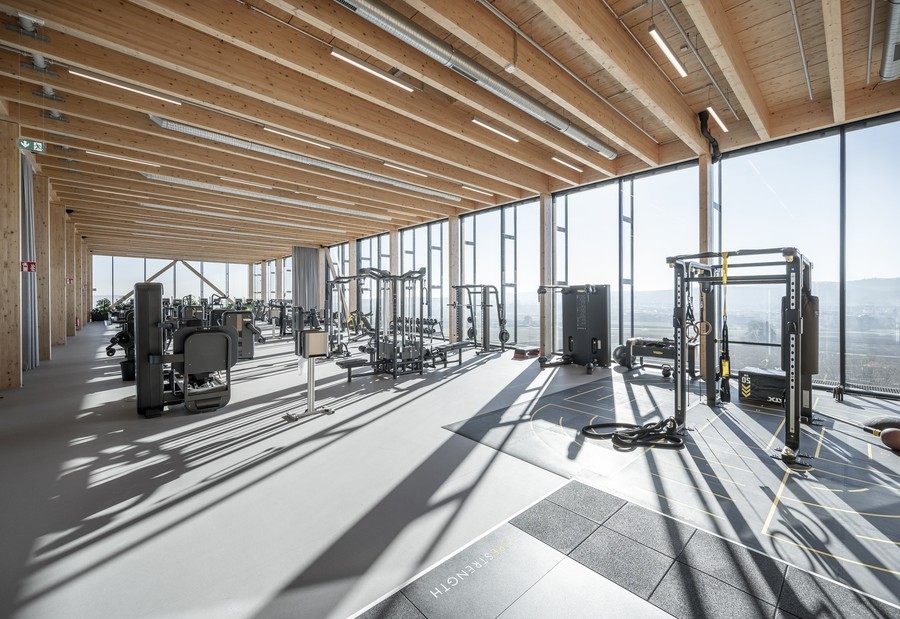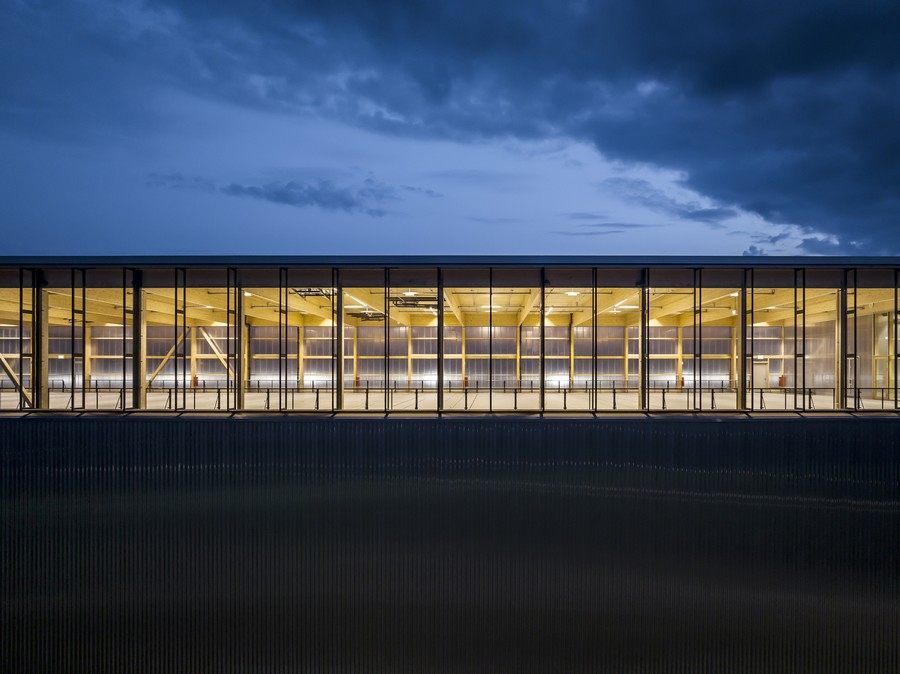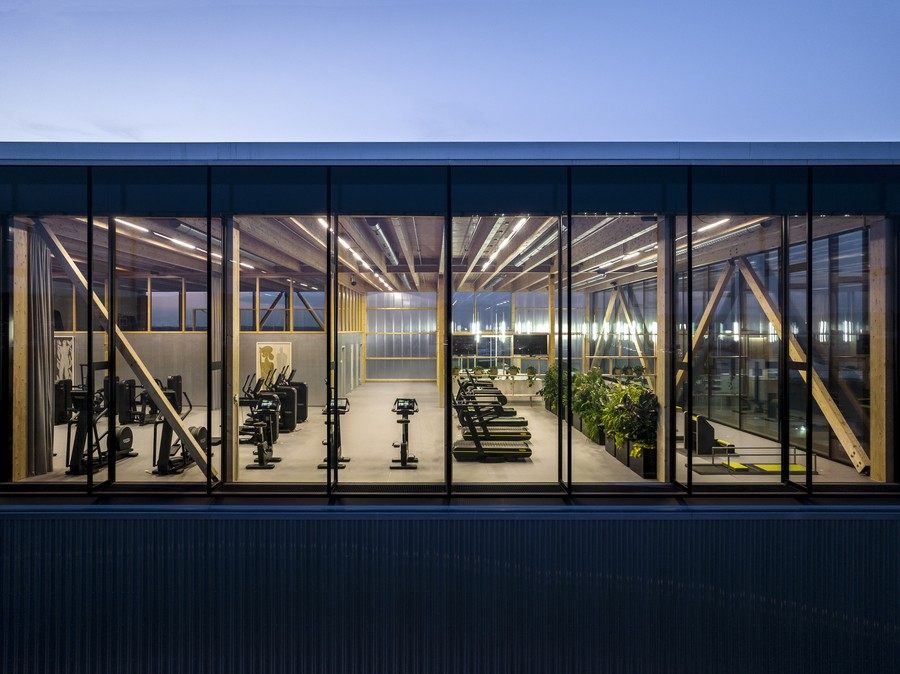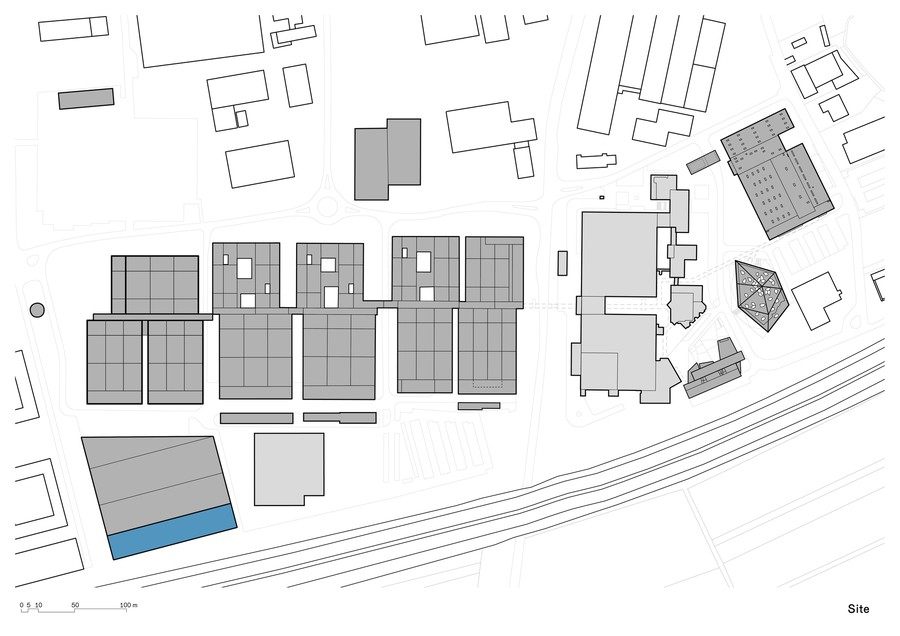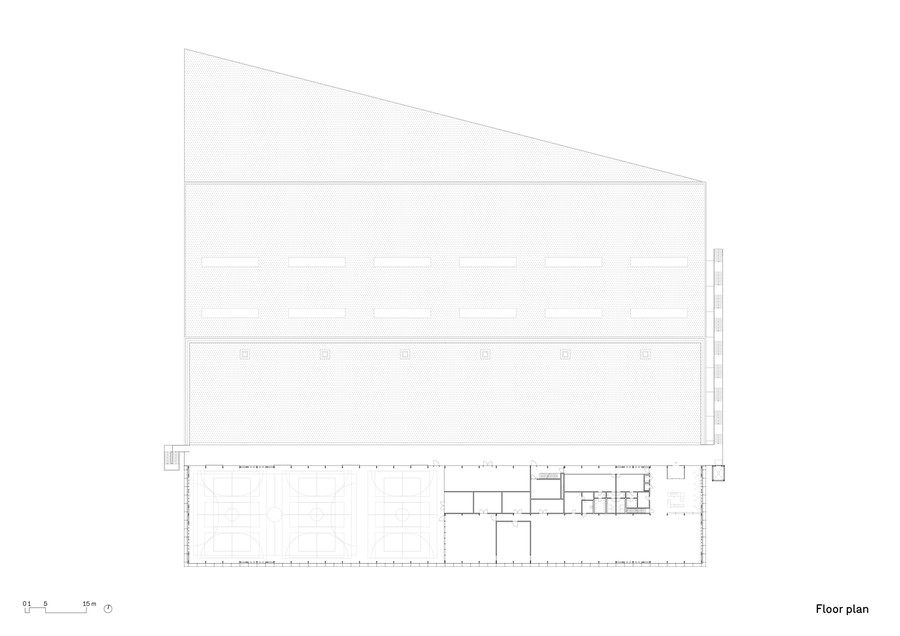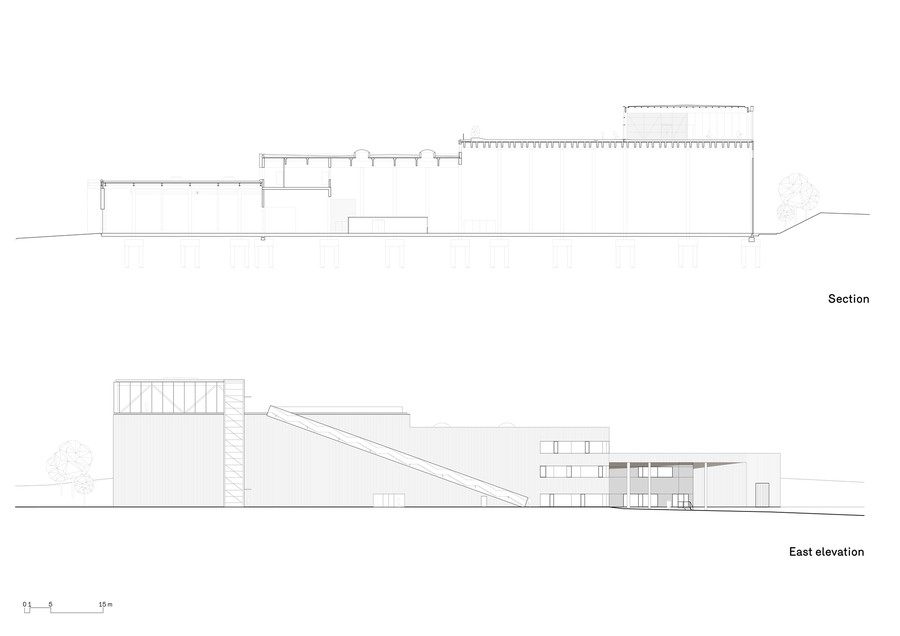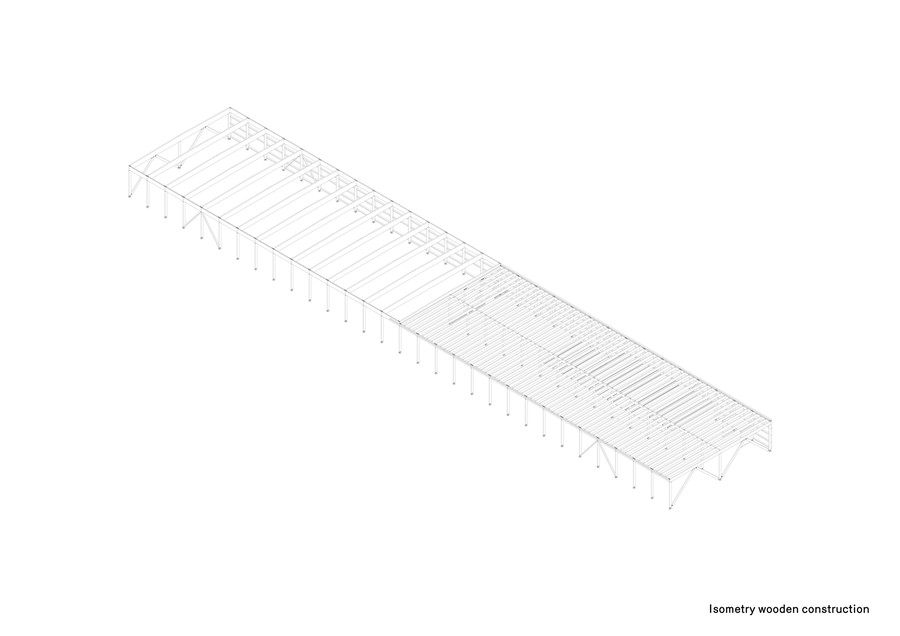|
摘要 •帮你速读文章内容 GENERATED BY AI, PLEASE IDENTIFY THE AUTHENTICITY BY YOURSELF Over time, some plots of land and existing buildings have been gradually reclaimed and new spaces have been pieced together, which has made it possible to expand the core horizontally. As a result, the park has now reached the horizontal growth limit of the motorway, the city boundary of Ditzingen and neighboring companies and has been forced to adopt a dense vertical construction strategy. The completion of the new sports and fitness center marks a change in corporate culture for the machinery manufacturer Trumpf. For the company, the new building was a response to the emerging social and spatial needs of employees in a changing work environment, offering the opportunity to create a place that is firmly rooted in the campus's daily life, while also promoting social and cultural encounters. A densified vertical construction strategy (building on top of existing buildings) provided a solution and brought a diverse programmatic layout to the campus. A vacant area on the roof of the logistics center at the southwest end of the campus was acquired to serve as the building base for the new 7,400 square meter sports center. The center is located about 30 meters above the ground and is accessed by a long external staircase (which is also part of the parkour training) and an elevator for transporting people and goods. The sports center is divided into two areas: a fitness area, a yoga area and a classroom area with a foyer and changing rooms, as well as a sports hall with three sports fields for the use of the TRUMPF sports club, basketball, football and badminton teams. The remaining open space on the roof is used for extensive planting and also provides an opportunity to overlook the company campus with a panoramic view. To reduce the weight of the roof structure and CO2 emissions, the extension was constructed with a prefabricated wooden structure made of simple and economical laminated spruce wood, forming a single-story space with a mezzanine. The clear span of the trusses in the hall is 23.5 meters and the height is 1.2 meters; the span width in the fitness area is halved accordingly. The glazed south facade of the sports and fitness center consists of a continuous double facade (to protect it from the noisy highway). In addition, the architects supplemented the fitness equipment area with insulating glass layers and wind and sun protection. Insulating glass was not used in the center hall, but only a protective net was used instead. Translucent polycarbonate panels close the space on the north side, while large sliding doors leading to the roof garden provide fresh air to the sports hall. Hovering over the highway and farmland, the sports center looks like a glowing lantern at night. Design firm: Barkow Leibinger Area: 0 Approximately 7404.3 square meters Project time: 2021 Photographer: David Franck Lead design firm: Frank Barkow, Regine Leibinger Design director: Tobias Wenz Project design firm: Alexander Lehmann Project model: Andreas Moling, Ina Reinecke, Jasmin Scheckenbach, Kevin Scheurer, Annette Wagner Project function: fitness area, gymnasium, locker room Structural engineer: Breinlinger Ingenieure, Statix GmbH HVAC: Krebs Ingenieure Landscape design: Capatti Staubach Building physics: Horstmann und Berger Electrical planning: Müller Bleher Facade planning: Priedemann Fassadenberatung City: Ditzingen Country: Germany |

